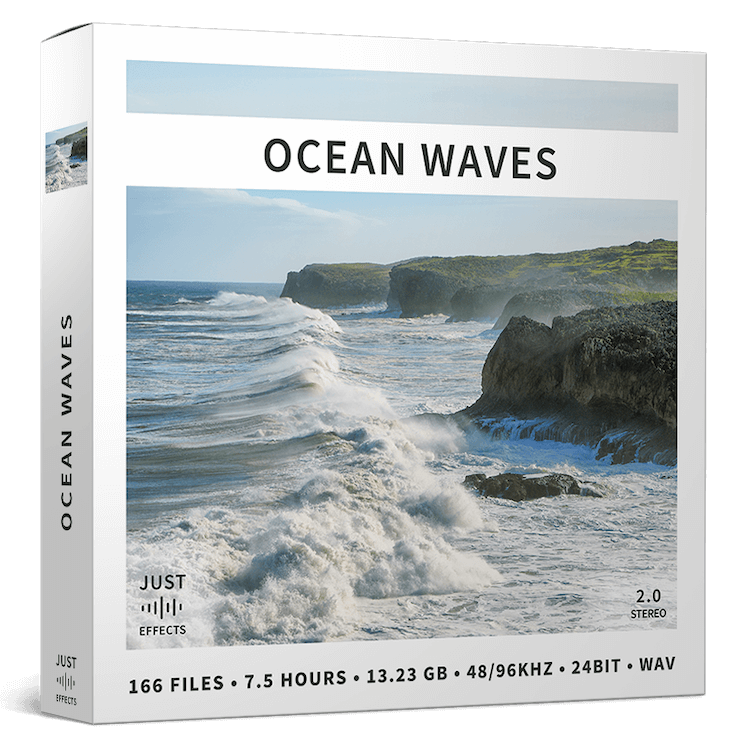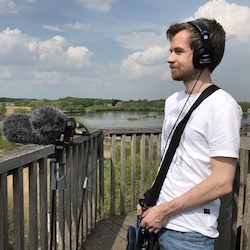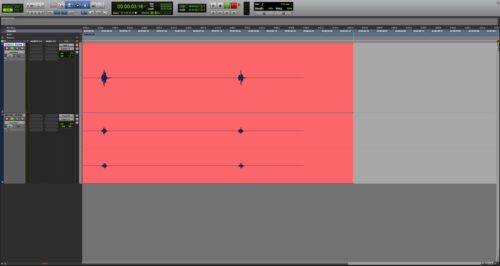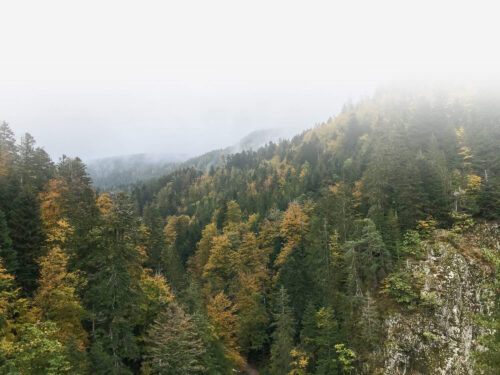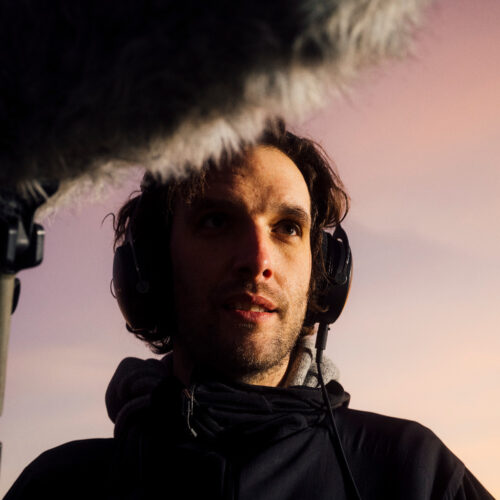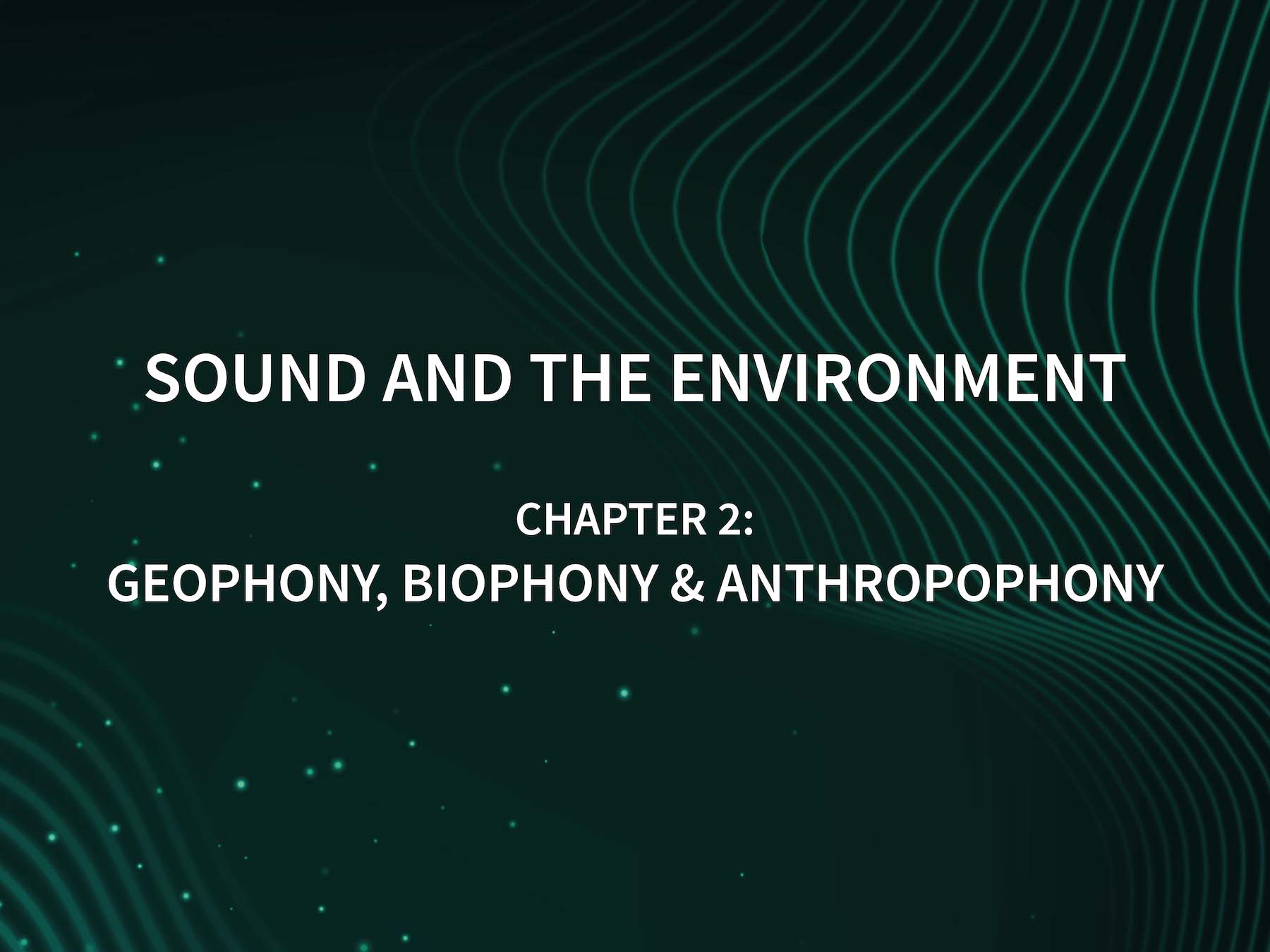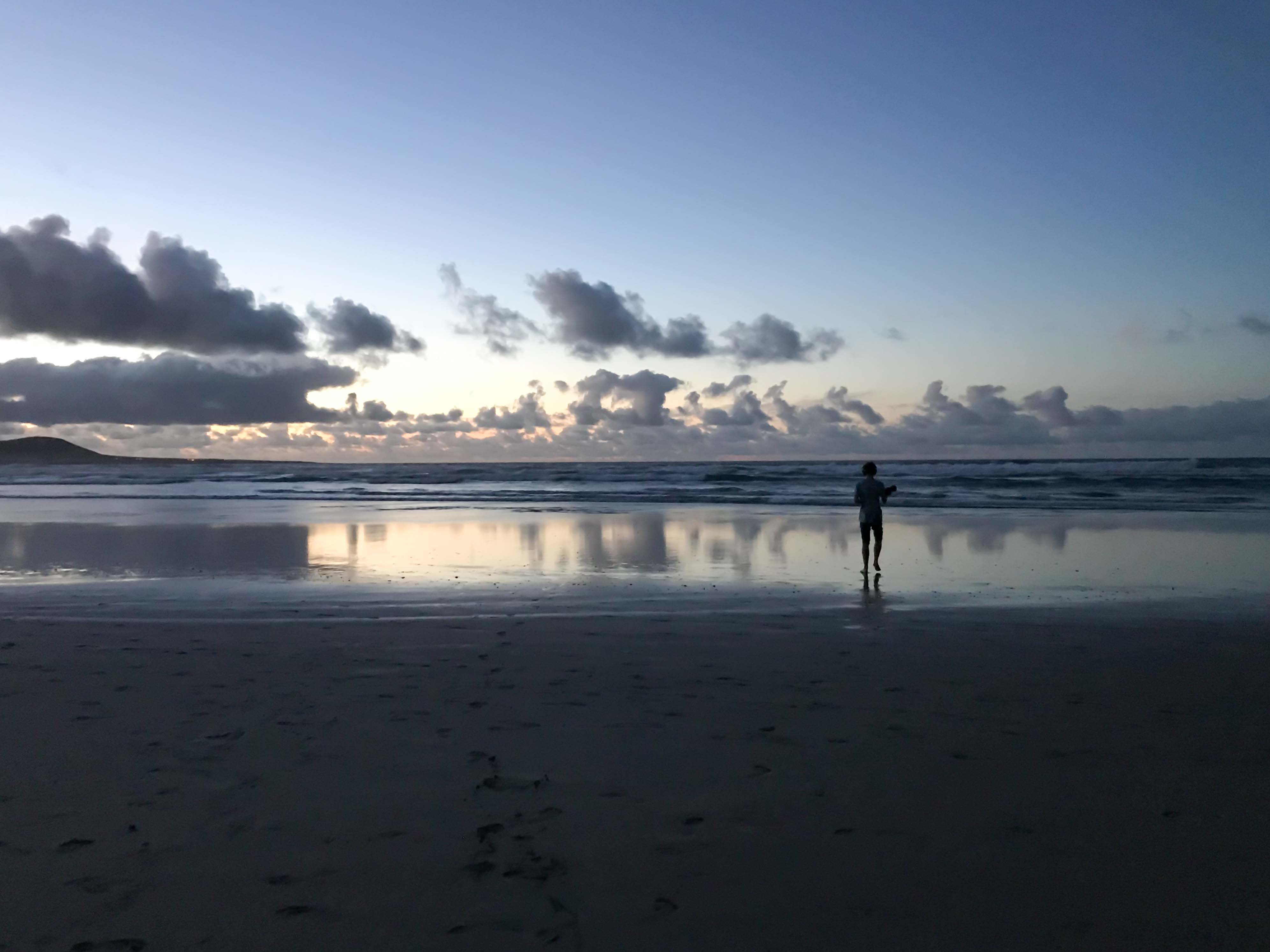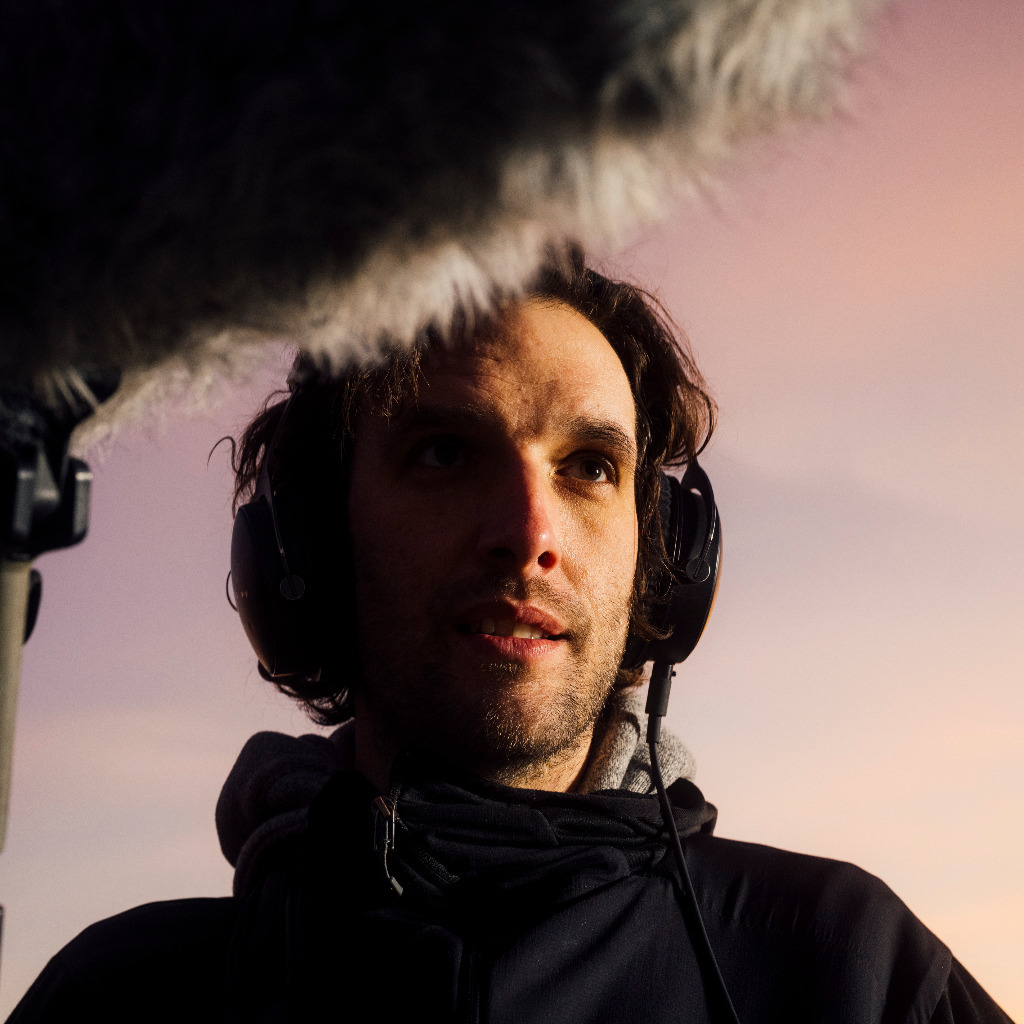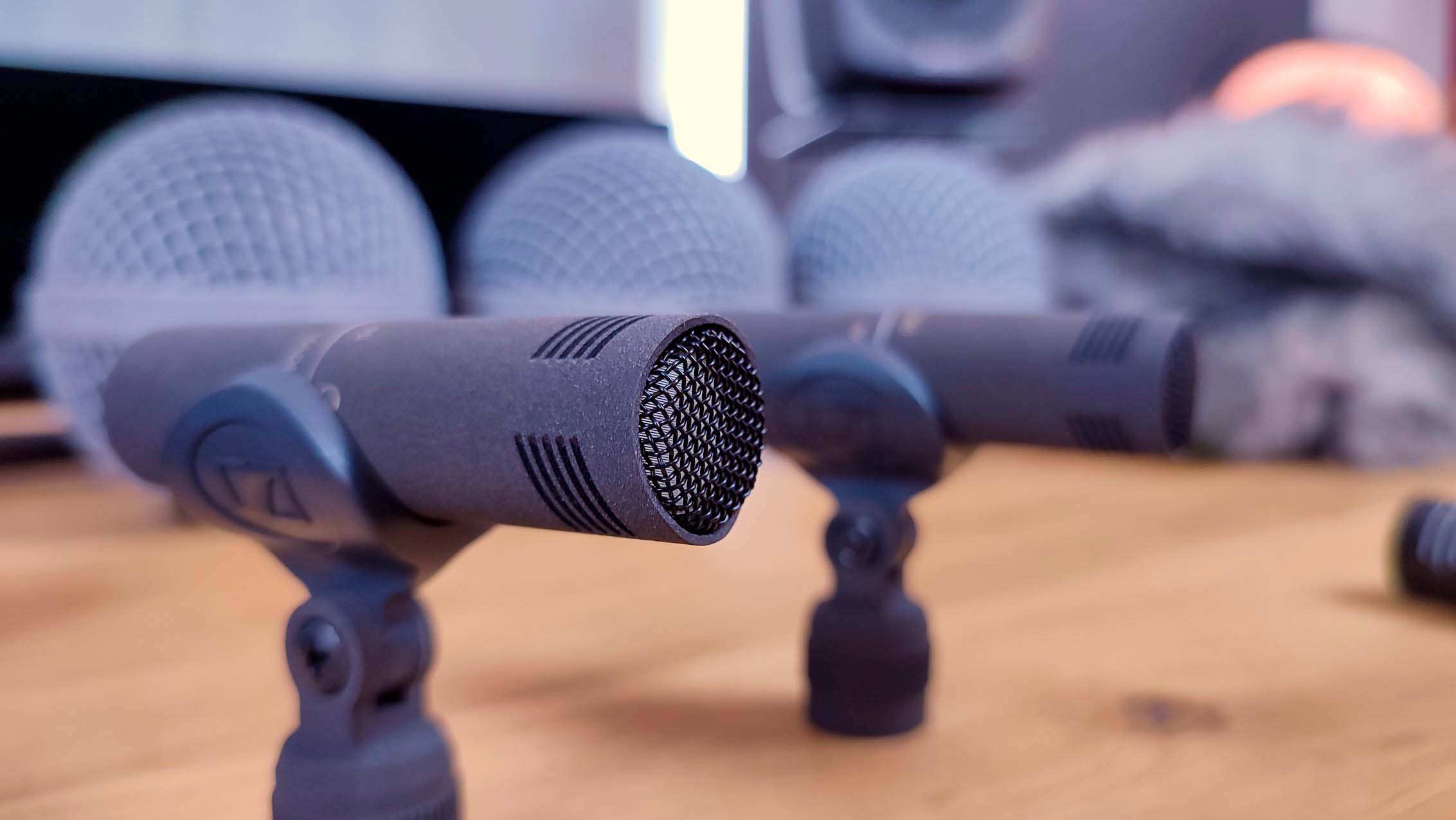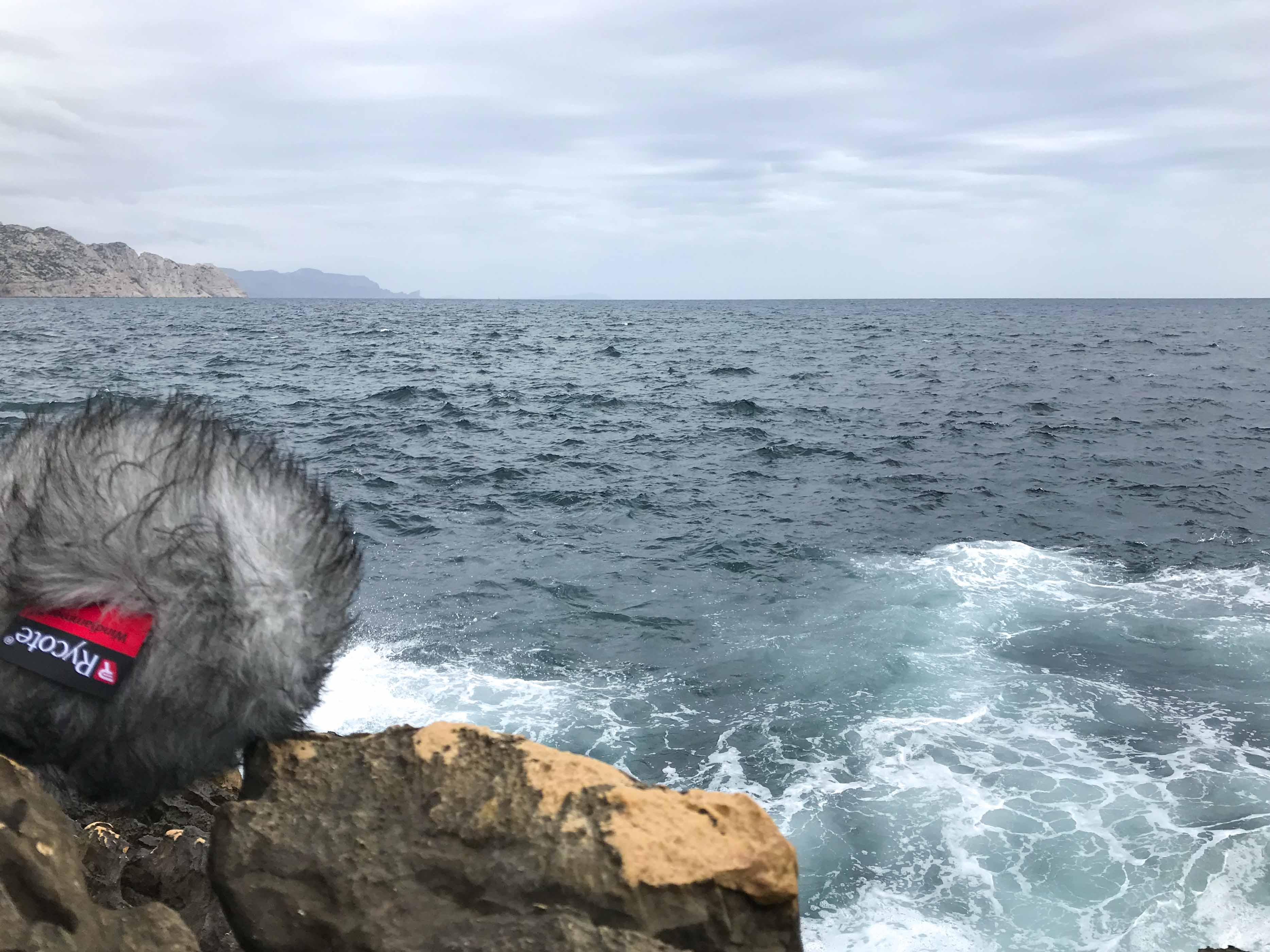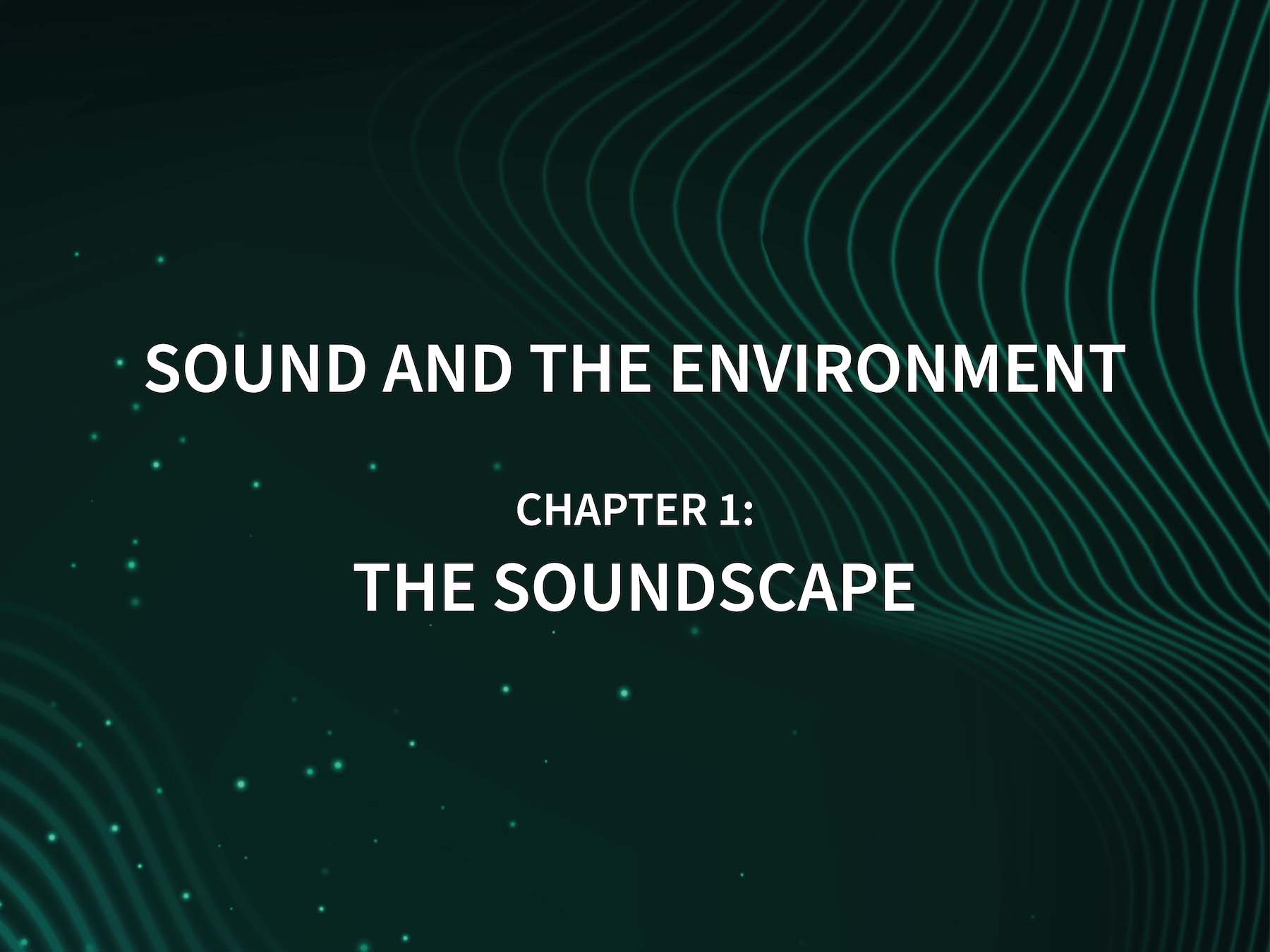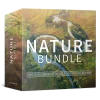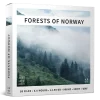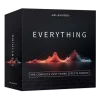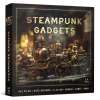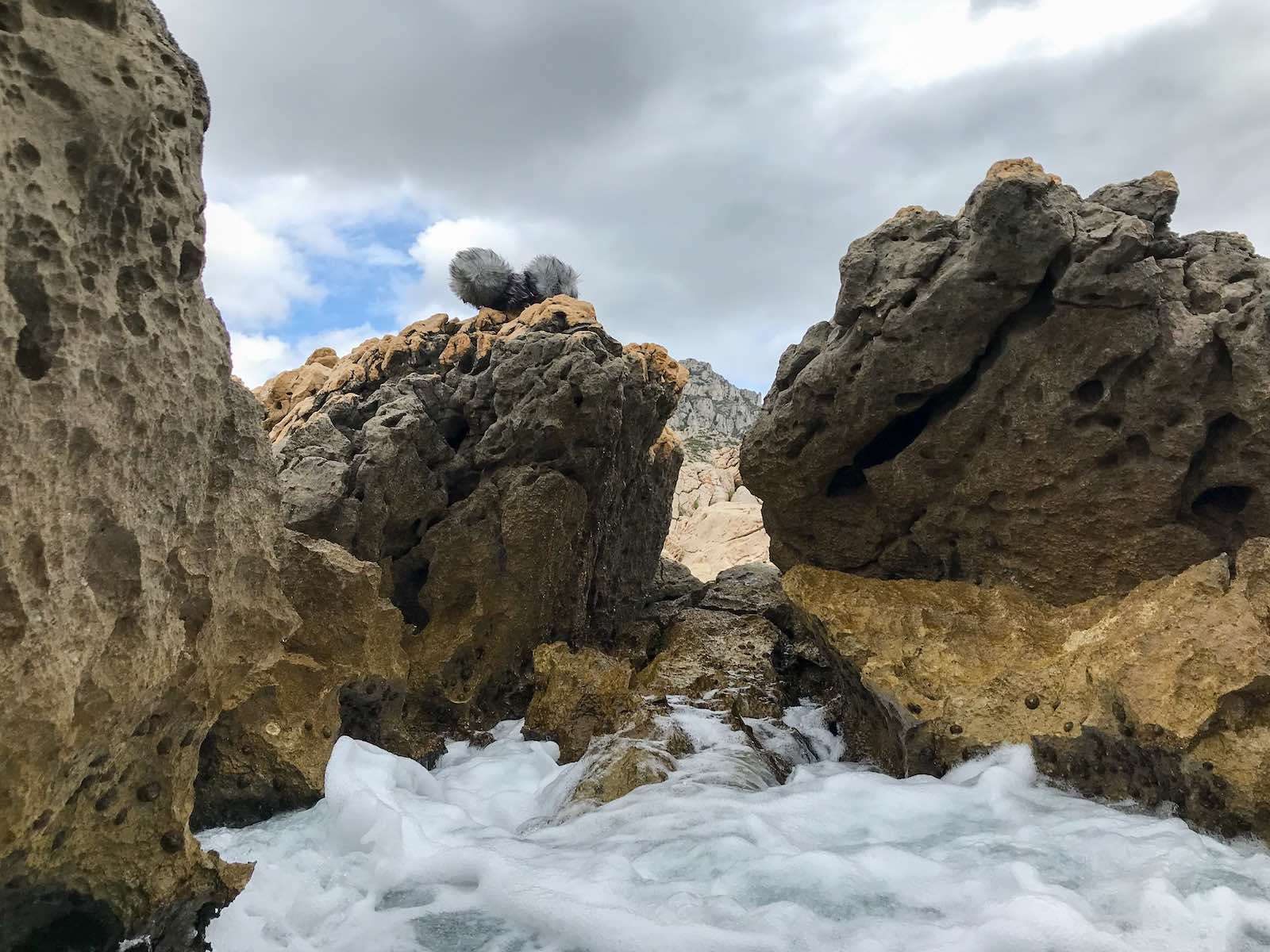
Ocean Waves is one of our largest sound libraries and came with a very high production effort. At the core of this project, the aim was to capture the wide variety of sounds from the ocean. To achieve this, it was crucial to focus on recording a broad spectrum of wave types, all interacting with different aspects of the natural environment. The result is a meticulously curated collection of the ocean’s soundscapes. In this article we take you behind the scenes and show you the locations Jonas visited to create this library (if you want to know how to record your own ocean waves, read this article).
Specifying the different types of waves
Our Ocean Waves Library is divided into the 6 most common categories of waves to give you the tools to create the sound for anything related to the ocean. It was necessary to travel to many different coasts as it’s impossible to capture all of these types in just one place. For this I visited countries on the Atlantic Ocean, the Mediterranean Sea, the North Sea and the South China Sea, which includes Spain, Portugal, France, Italy, Greece, Netherlands and Vietnam. The recordings included in the library are divided as follows:
- Beach Waves: Waves on sandy beaches, sometimes with pebble stones and shells
- Waves on Rocks: Medium and small waves splashing on rocky shores and single stones
- Strong Waves: Heavy and stormy waves crashing against coasts and cliffs
- General Lappings: Lapping and sloshing, mostly between stones and rocks or in harbors
- Distant Sea Surf: Distant ocean noise, perfect for setting the key of your soundscapes and simulating depth
- Waves in Caves: Waves with resonating frequencies, recorded in rock crevices or caves
1. Beach waves
The beach waves were recorded on sandy beaches with little to no stones or rocks. Especially on the beaches of the Mediterranean Sea and on a small island in Vietnam, I was able to capture the typical and repetitive calm beach waves that immediately remind of idyllic summer atmospheres. With this kind of waves, it’s always a good idea to experiment with perspectives, because you can safely stand right in the water and get very close to the sounds. Also included are sandy beaches with small pebbles and shells that create interesting tinkling sounds in interaction with the waves.
The beach waves recorded at the Atlantic Ocean and the North Sea are much wilder, because the tides have a stronger influence there and the water is much more in motion. This is also accompanied by more wind, which I had to deal with. On very stormy days, it was almost impossible to get any recordings, as my windshields were at their limits with too much wind. In such cases it was necessary to be patient and wait for better weather conditions the next day, which usually paid off.
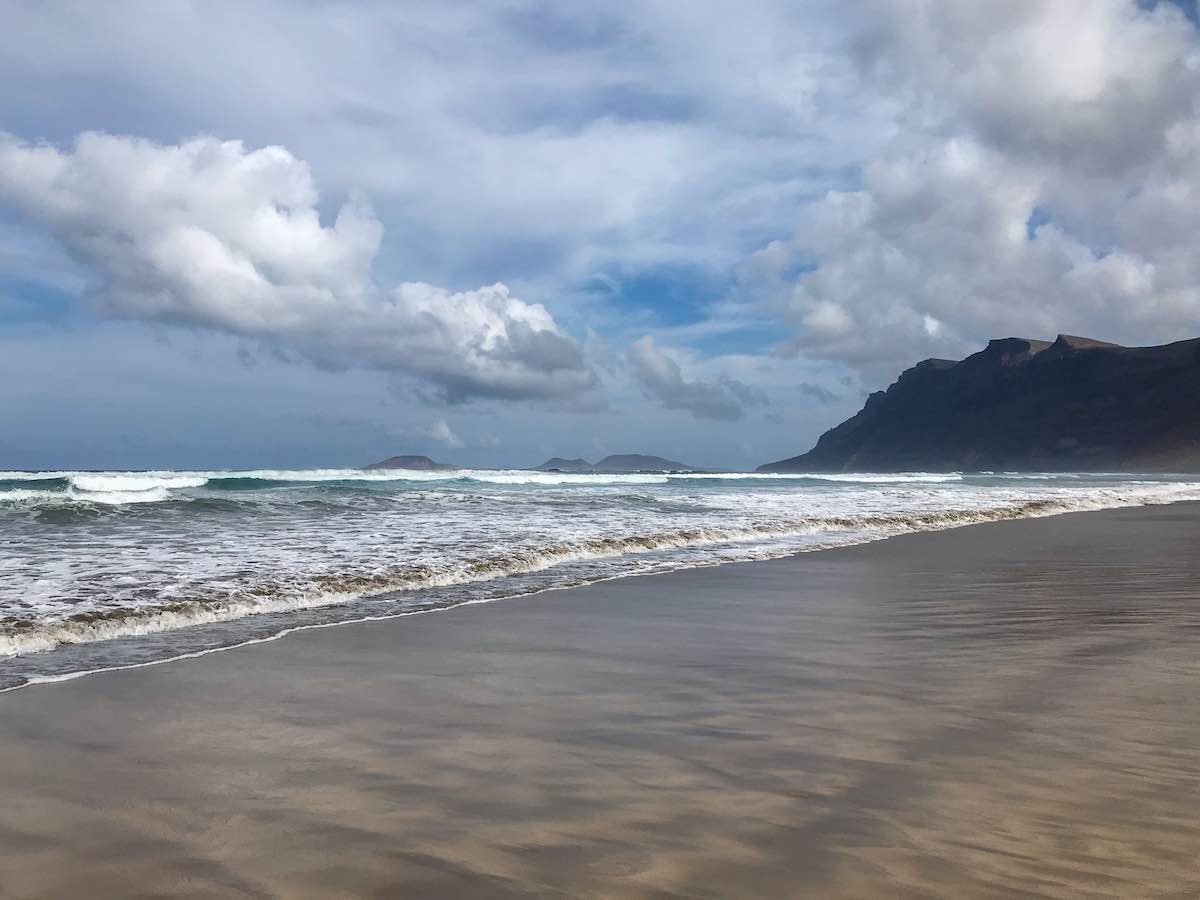

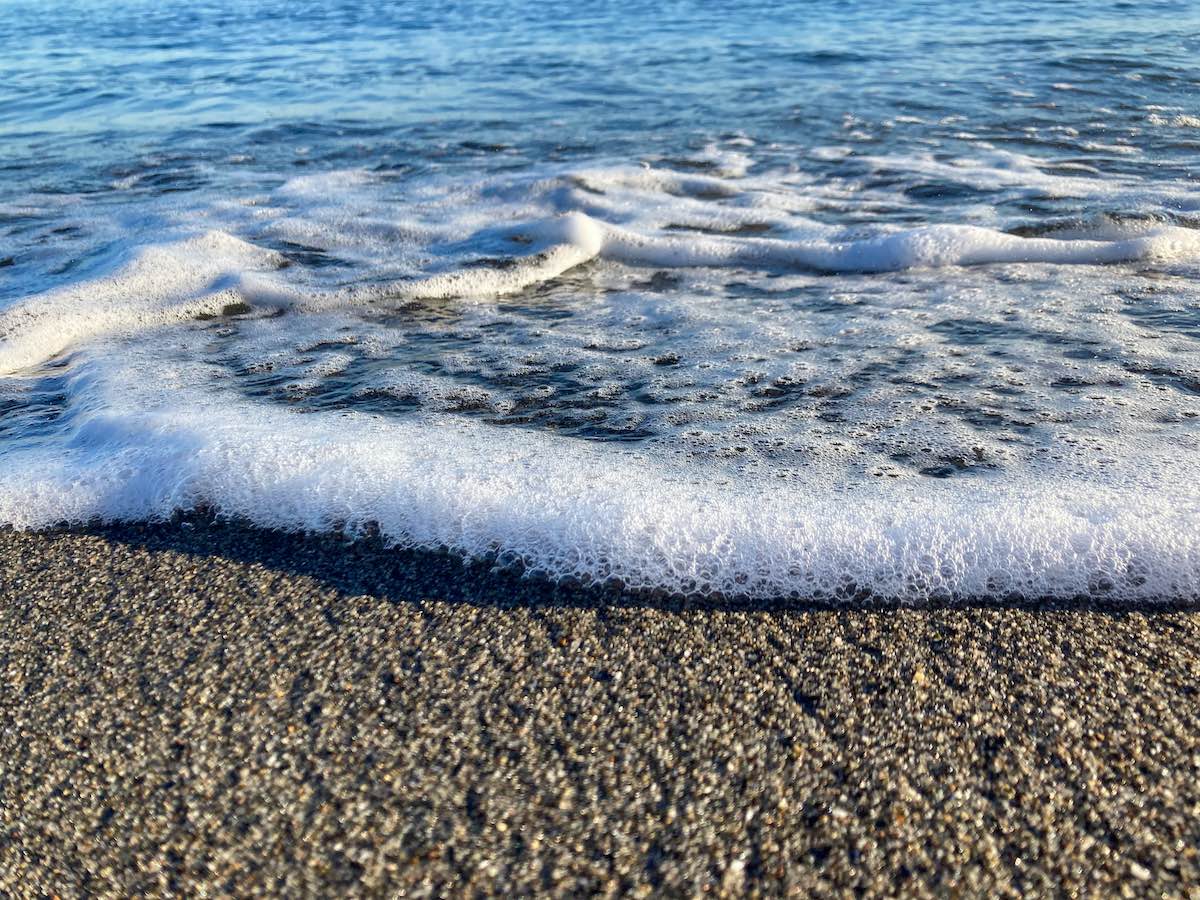
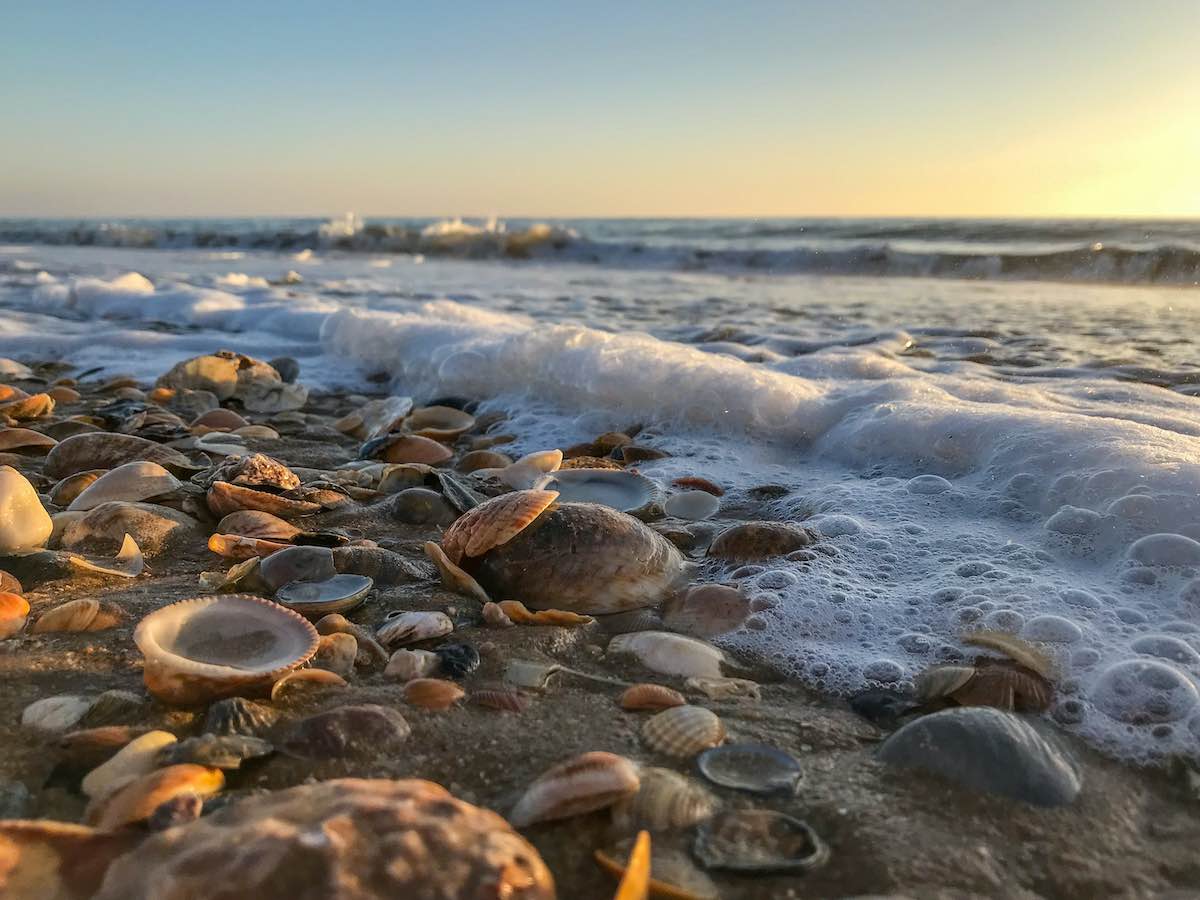
2. Waves on rocks
These waves were recorded on rocky or stony coasts with no sand. In this category you will find gentle to moderate waves, sometimes with splashes when the waves hit larger rocks, but also pure pebble beaches. The challenge with this type of waves was that the best spots were not always easily accessible. Since I wanted to be close to the water, I had to climb over rocks while taking care of the equipment. But the moment when the waves gently splashed against the shore was all worth it.
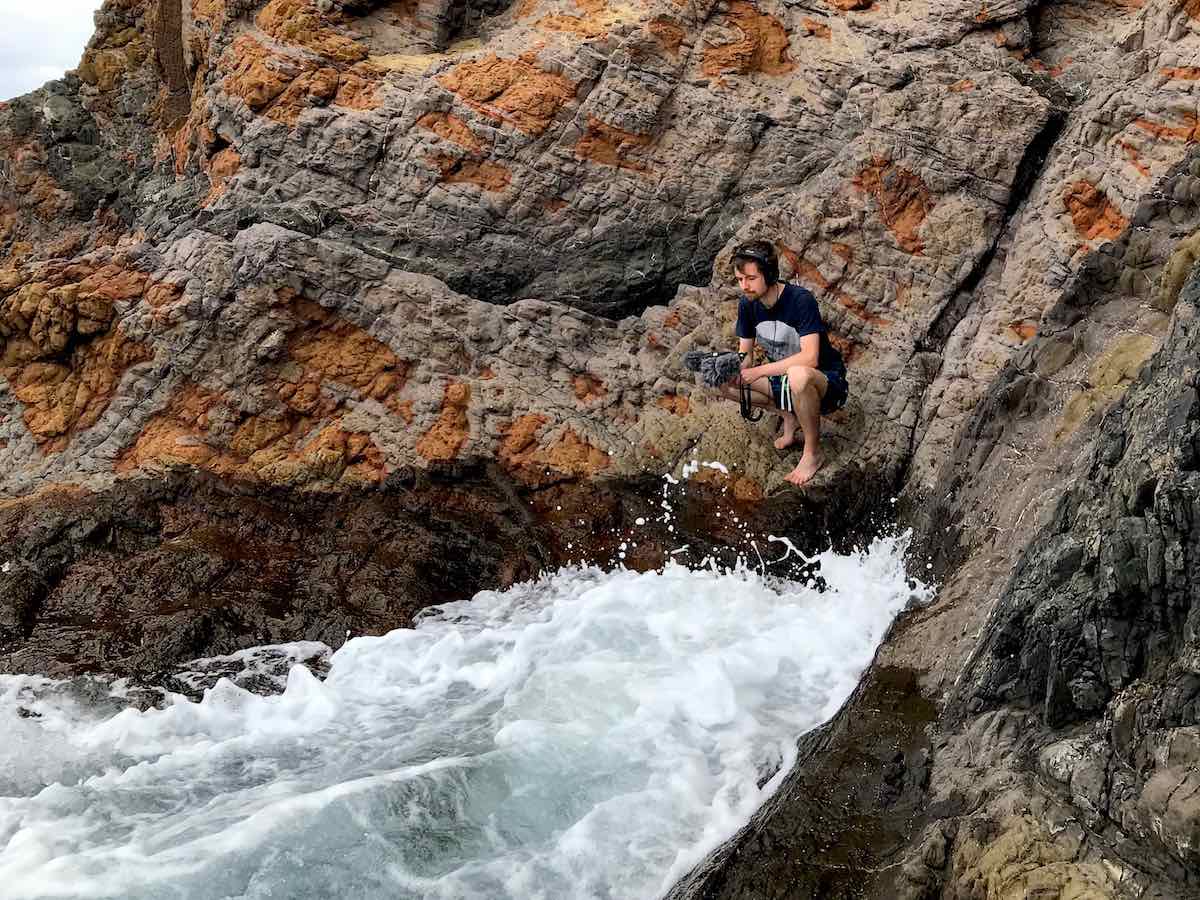
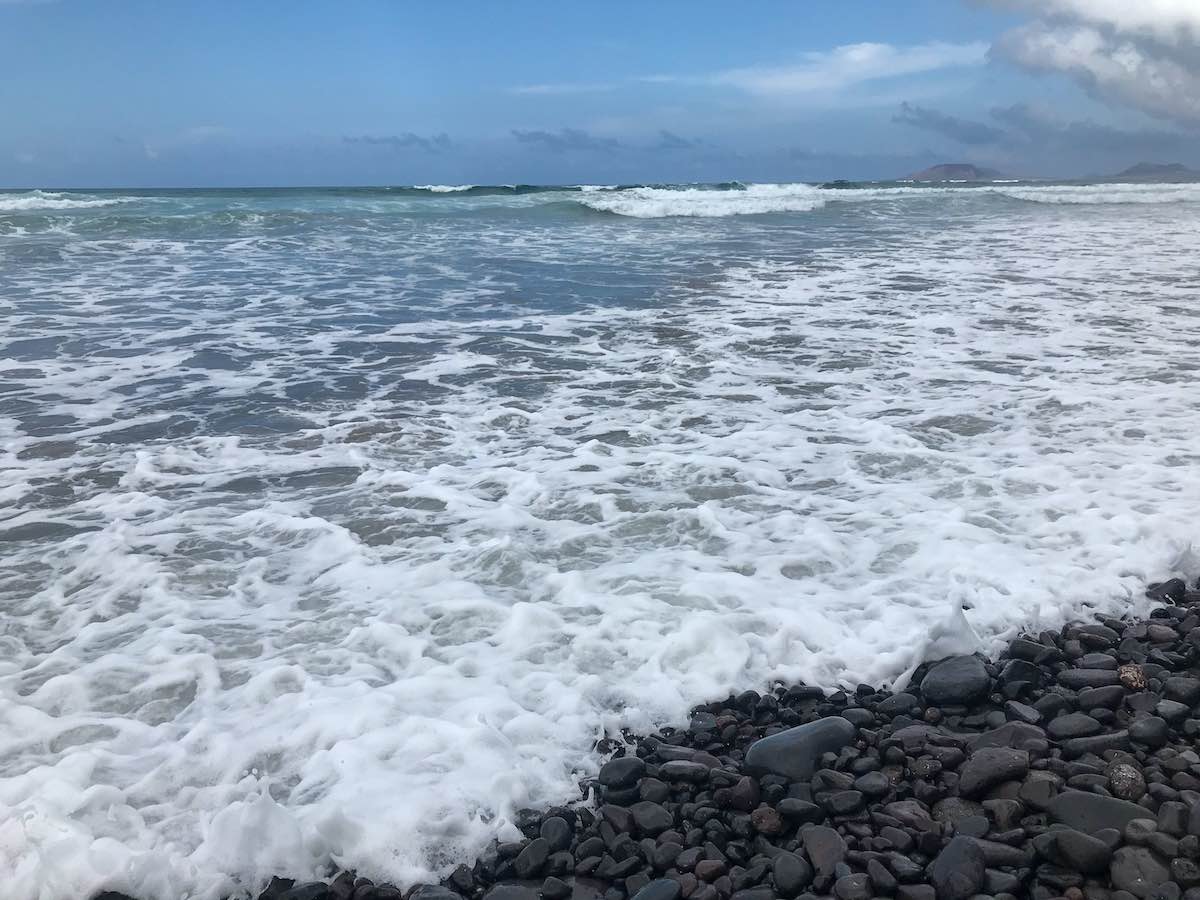
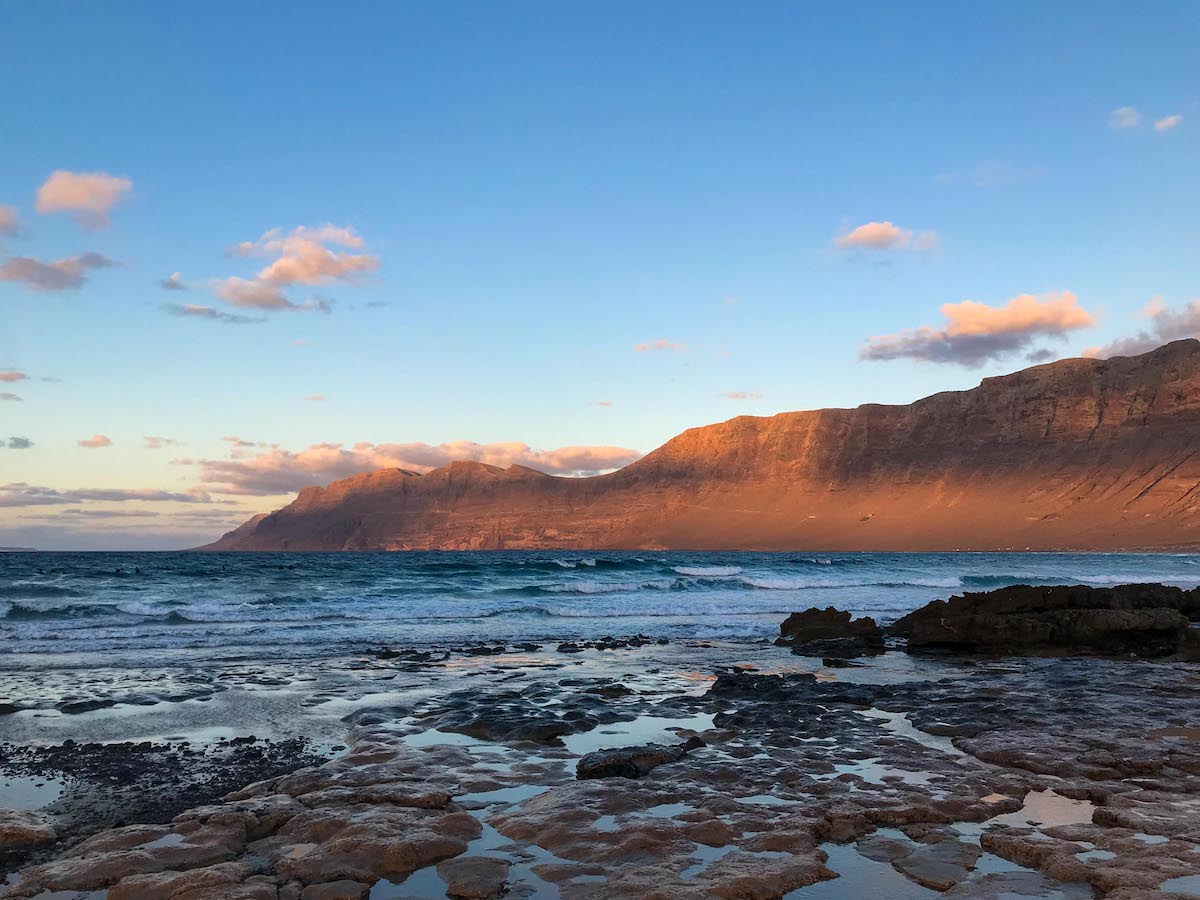
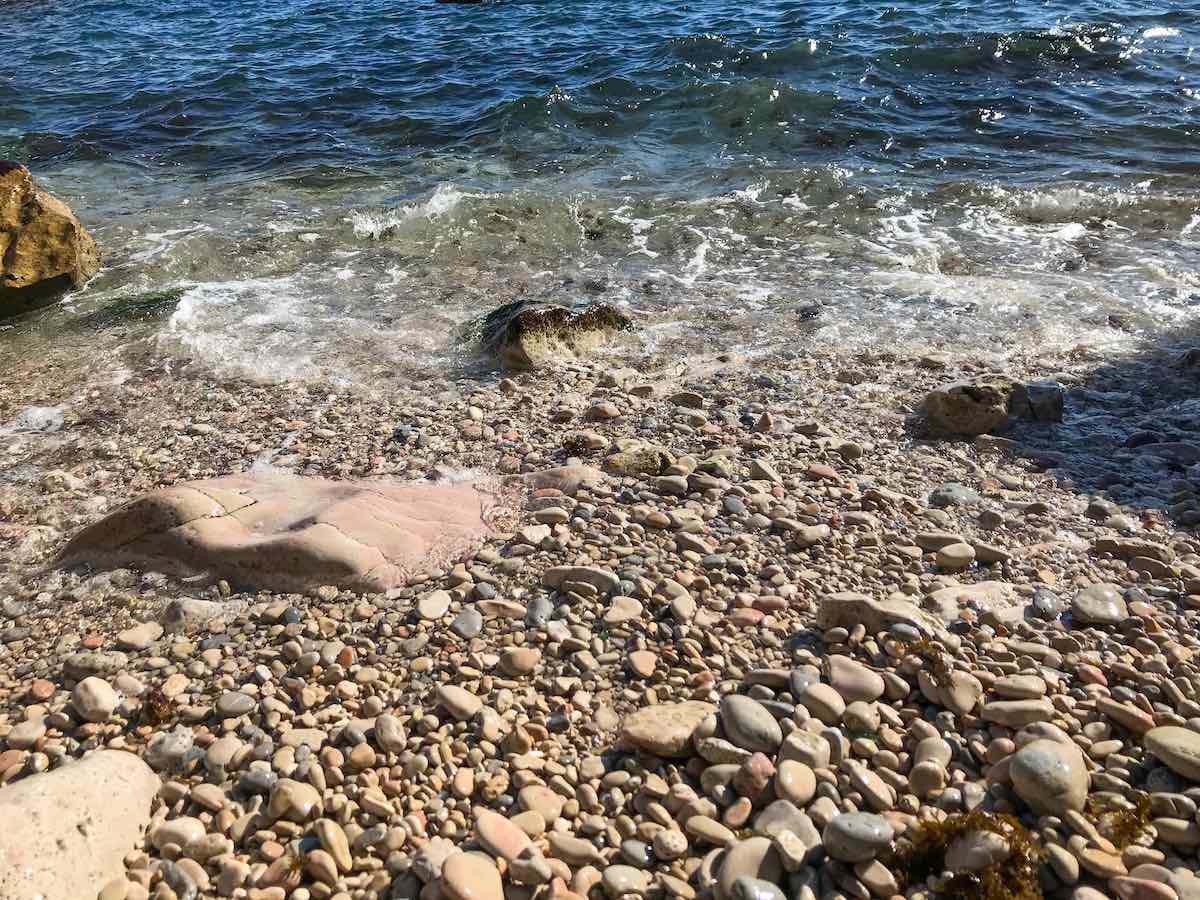
3. Strong waves
In the ‘strong waves’ folder you will find waves that crash hard against cliffs or huge rocks. These sounds are perfect for designing storms or creating dangerous sea atmospheres. When recording strong waves it’s also a good idea to stand as close as possible, but keep in mind that you can also get really wet (which happened to me). A quick recording tip: If the wind is too strong, unlike open sandy beaches, there is sometimes the possibility of hiding next to rocks.
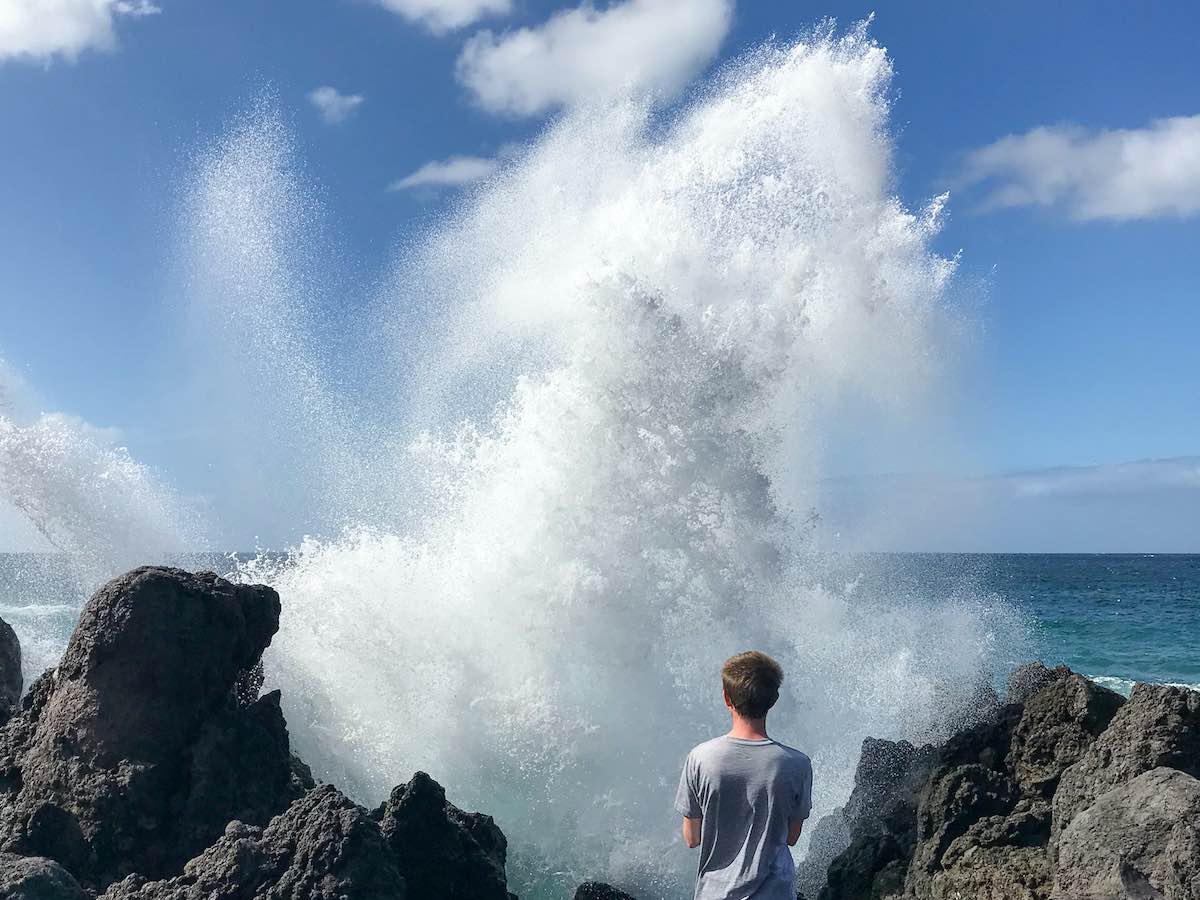
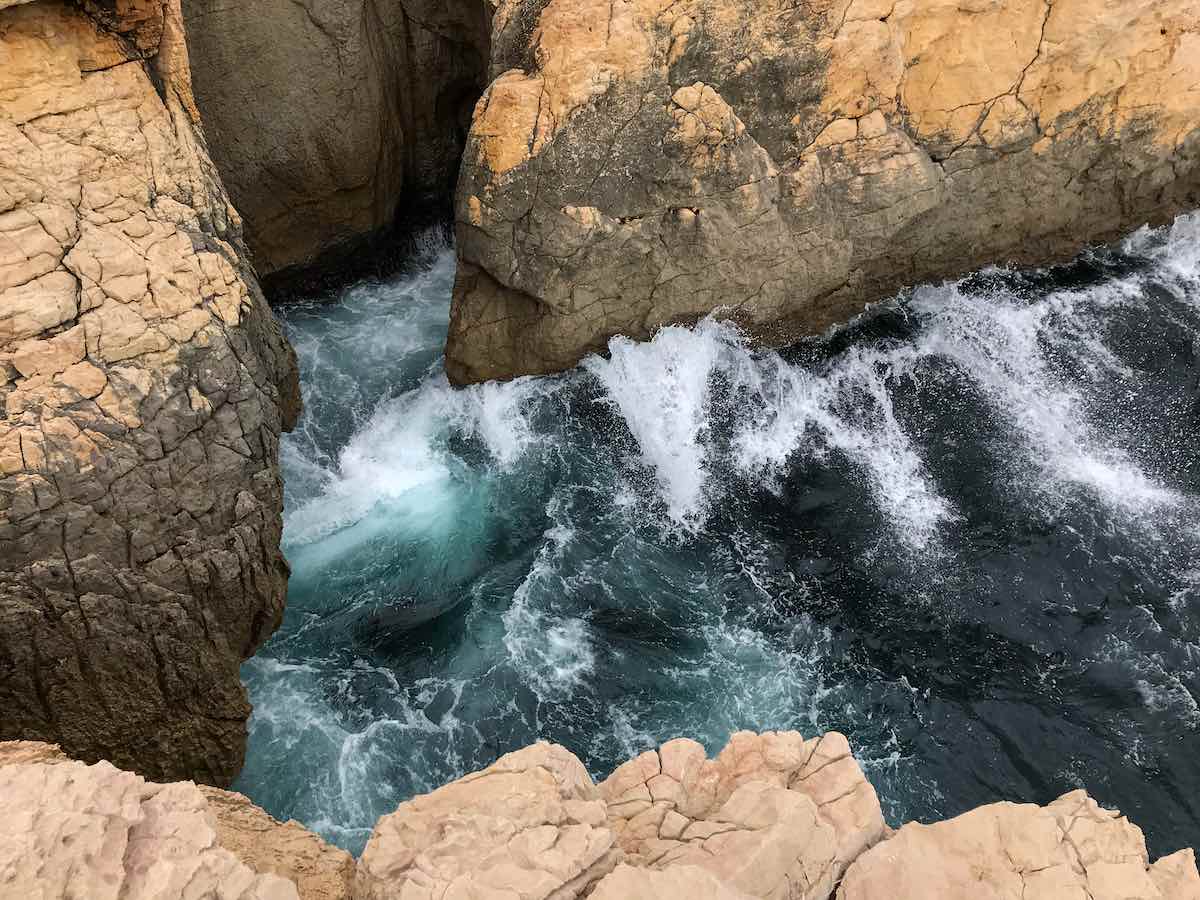
4. General lappings
For these sounds I captured the detailed lapping of waves between rocks and stones or in harbors. Since this type of wave is often quiet and therefore more noise is heard in the recording, it was necessary to either move away from human made noises or record in the evening or at night.
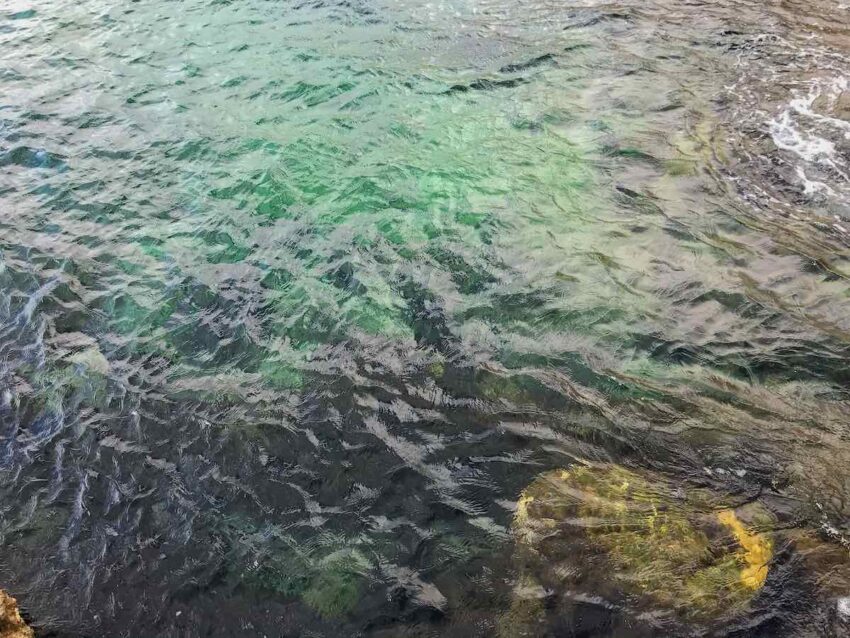
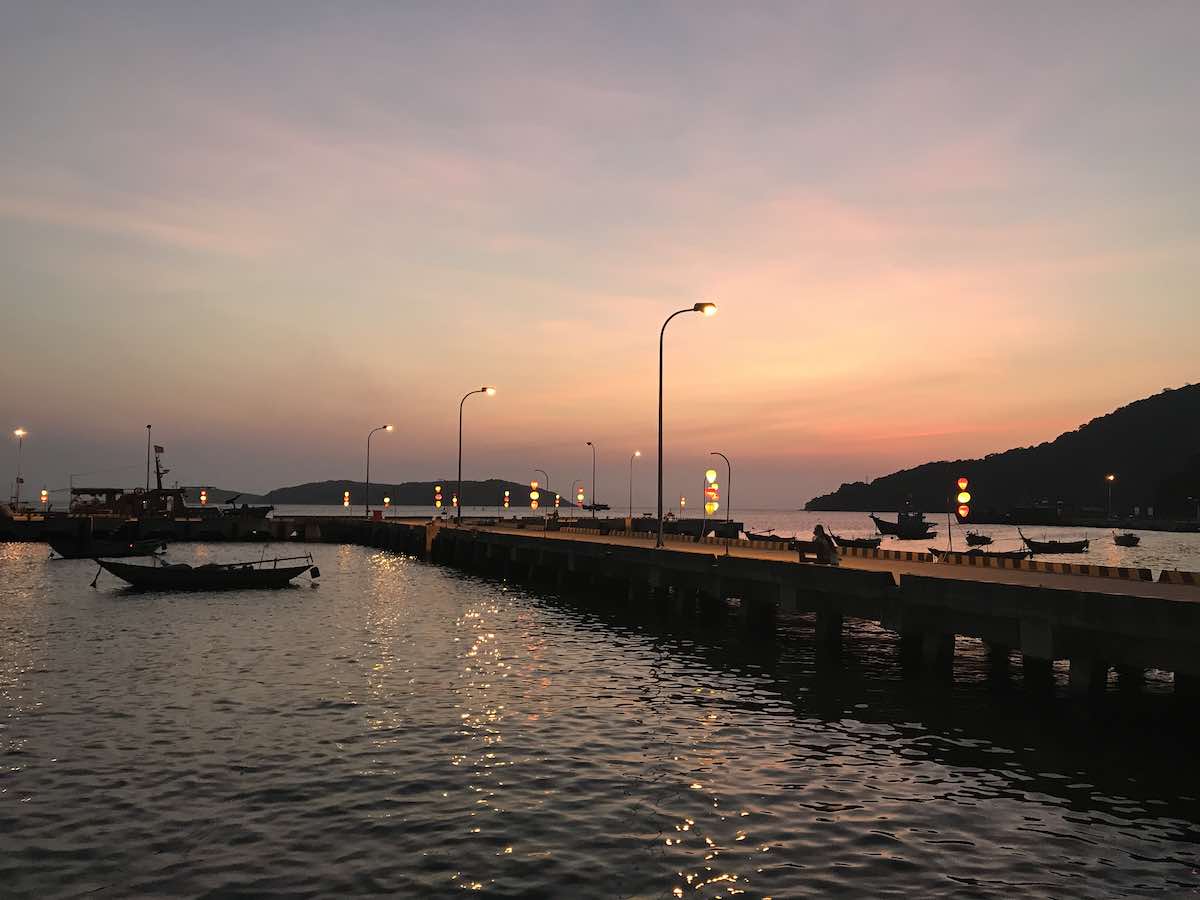
5. Distant sea surf
For recording the distant sea surf, it was necessary to move away from the coast. Placing the microphones on cliffs, mountains or elevated positions was the way to catch the general ocean noise in its entirety. These sounds have comparatively little dynamics and details and are therefore particularly suitable for designing backgrounds or as a starting point for layering complex soundscapes.
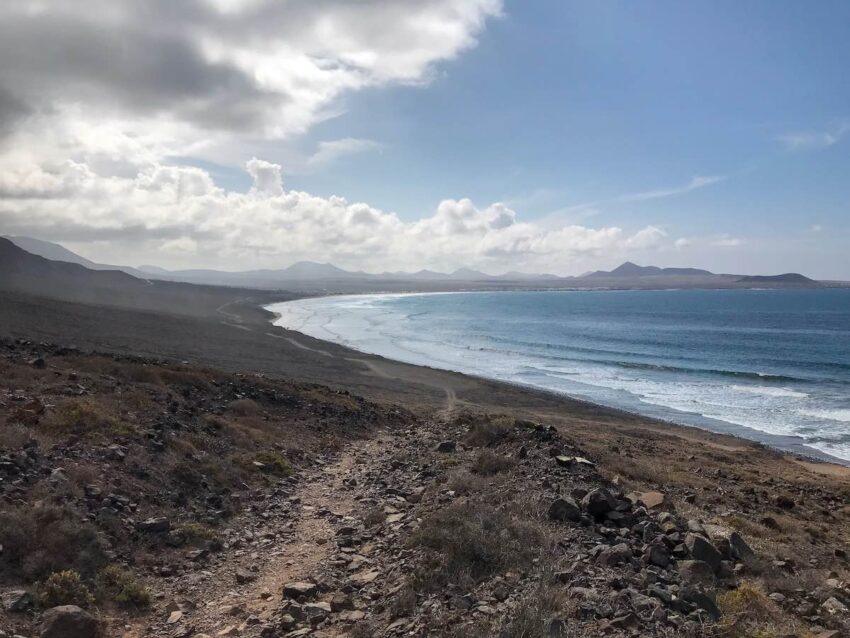
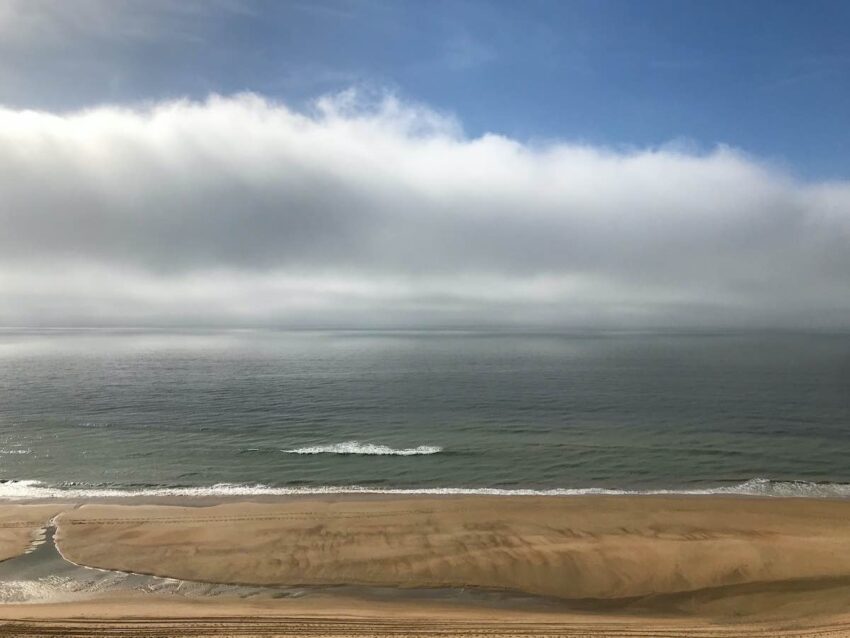
6. Waves in caves
‘Waves in caves’ are characterized by resonances created within the caves or crevices. Sometimes I had to climb to get into the best spots or place the microphones under rocks very close to the water. A lot of attention was required here, as waves can often move unpredictably under rocks or in crevices. If you plan to record these types of waves, you should take special care of yourself and your equipment.
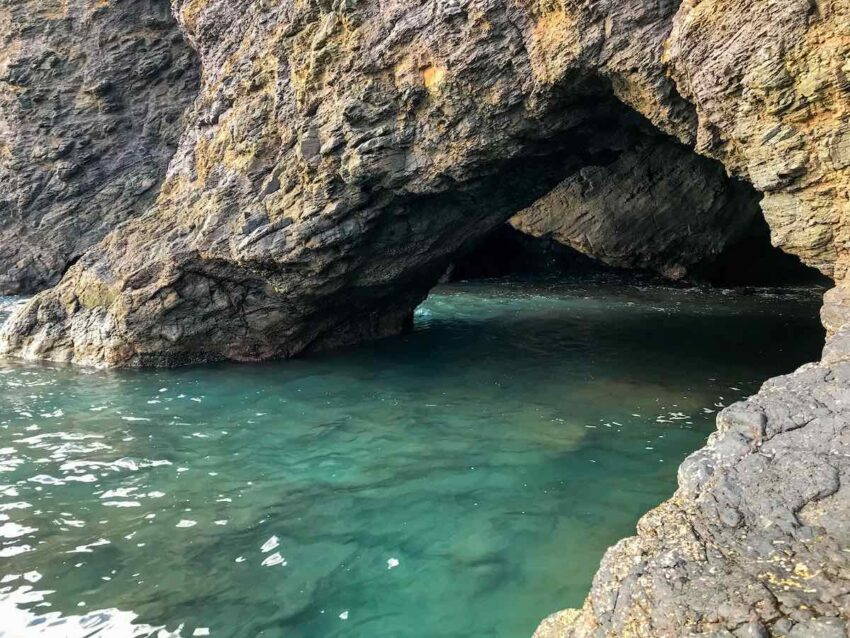
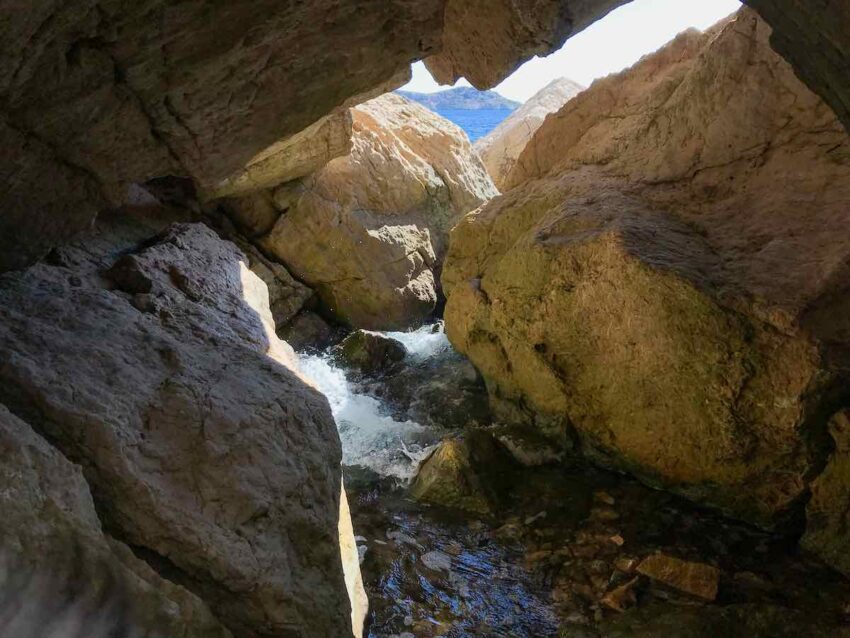
A sound library that tells a story
As a sound enthusiast, the journey to create ‘Ocean Waves’ was a real adventure, requiring a significant investment of time and travel. Finding pristine spots for the recordings was sometimes particularly challenging. But the thrill of discovery, coupled with the satisfaction of capturing highly versatile sounds, made every struggle worthwhile.
The next time you need wave recordings for your project, consider our ‘Ocean Waves’ sound library as a tool to tell your own stories and bring your ideas to life. We hope this article has given you a good look behind the scenes of this library. Be sure to visit the product page for more information and listen to the preview.

